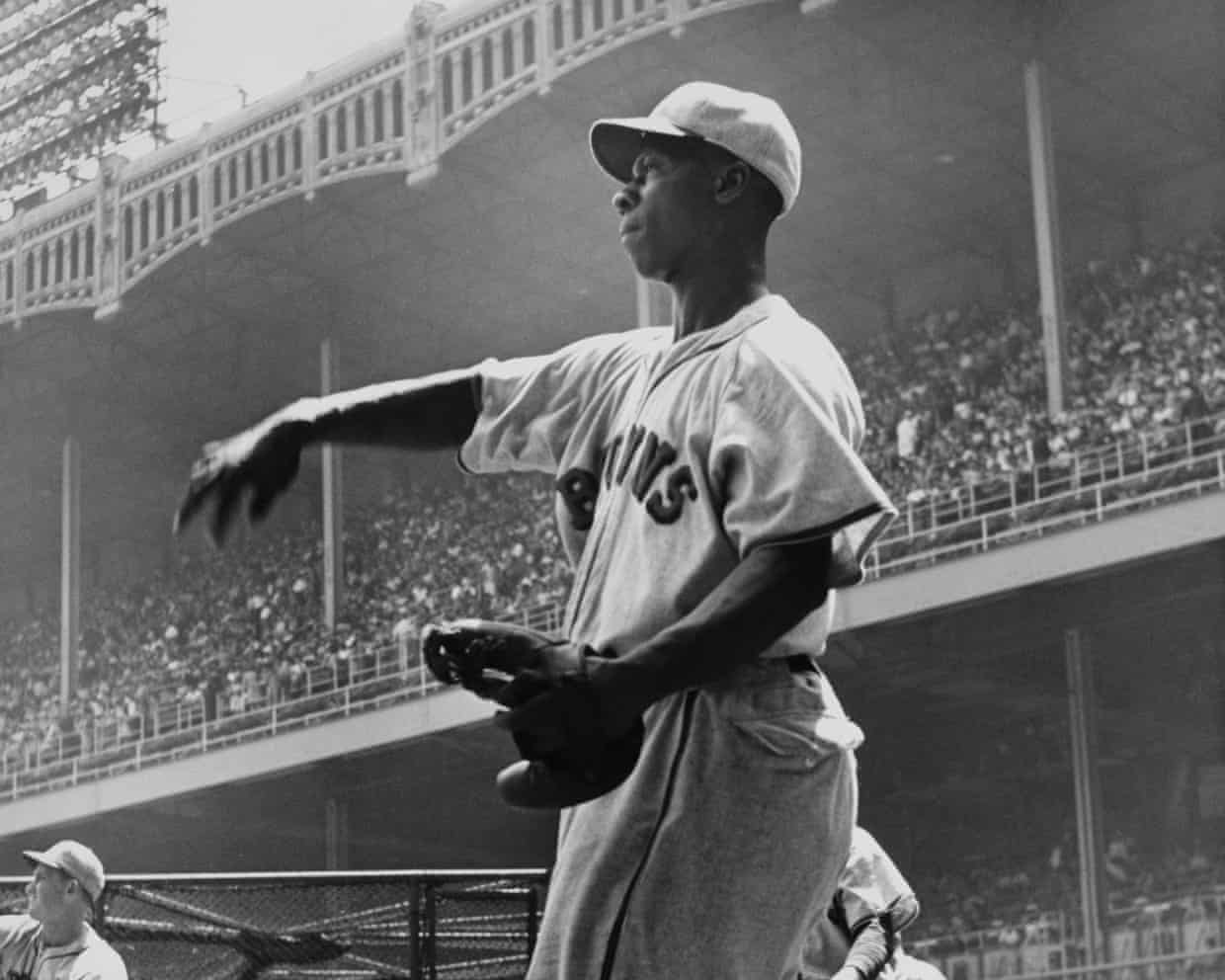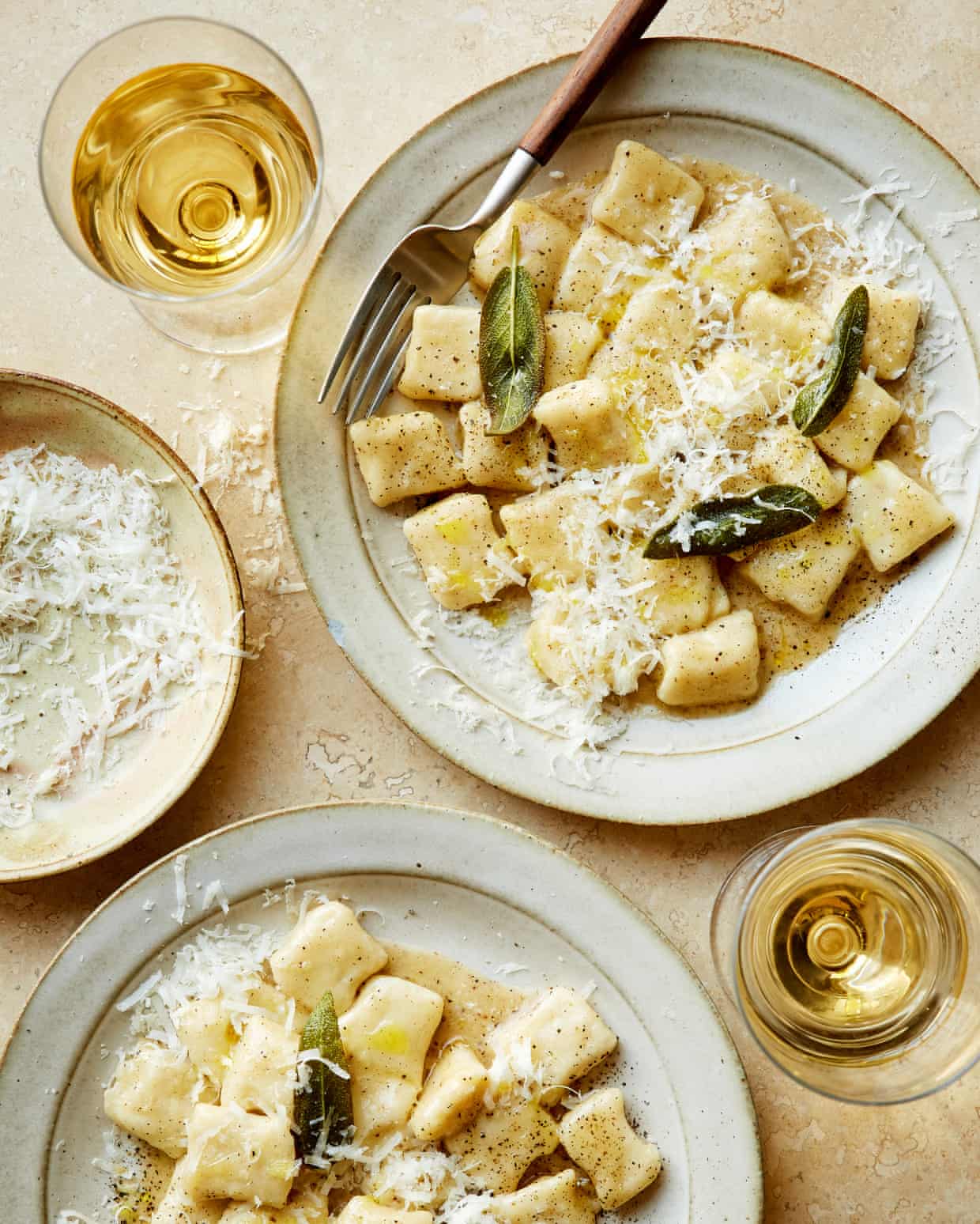The forgotten story of the US soldiers who integrated baseball before Jackie Robinson

Far from the diamonds of America, a little-known chapter of the journey toward integrating baseball was taking place in war-ravaged Europe just over 80 years ago,It took place at a tournament held to entertain soldiers in the months after the end of the second world war,The team who won the GI World Series in September 1945 were unlike any of the other competitors: they had an integrated roster, including two stars from the Negro Leagues: Willard Brown and Leon Day,“They are two legendary players who have not gotten their just due,” says Bob Kendrick, president of the Negro Leagues Baseball Museum,“People just don’t know about the team that won a GI championship.
”Jackie Robinson – who also served in uniform during the second world war – is justly hailed for breaking the color barrier in Major League Baseball, with the Brooklyn Dodgers in 1947,But less than two years earlier, in a dramatic setting, Brown and Day had established their own piece of history,Sports historian John Rosengren notes that several games of the GI World Series took place in a Nuremberg stadium where Adolf Hitler had once held antisemitic rallies,“The symbolism is so powerful,” Rosengren says,“Here you have the national pastime of the world’s most prominent democracy, being played out in the stadium where Hitler espoused his vitriolic propaganda.
”This story has resurfaced on its 80th anniversary.In the summer, labor historian Mike Elk and Peter Dreier, an emeritus politics professor at Occidental College, discussed the GI World Series at baseball’s Hall of Fame.“This is a story we need to focus on,” Elk, who is planning a book on the series, says.“Professional baseball players who played in the military were allowed to have an integrated game that they could not have in the States.It says something powerful.
”In Allied-controlled Europe, the GI teams that suited up for the tournament were drawn from various branches of the military – including the feared Red Circlers, representing the 71st Infantry Division of George S Patton’s Third Army.The Red Circlers were stocked with talent, headlined by two major leaguers, Harry Walker of the St Louis Cardinals and pitcher Ewell Blackwell of the Cincinnati Reds.Sports historian Robert Weintraub – author of The Victory Season: The End of World War II and the Birth of Baseball’s Golden Age – says Walker was a US Army scout in Europe.Driving a Jeep and armed with a machine gun, he navigated his way through enemy lines.In the war’s aftermath, the military asked him to create a tournament for the troops.
“He’s the one they turn to: ‘You’re a professional baseball player, can you organize the games, make it some type of pickup baseball,’” Weintraub says,“He went the extra mile,”However, virtually all of the teams were white-only,Elk doesn’t see this as an accident, calling Walker one “of the worst ‘good old boys’ of the era … He tried to lead a walkout against Jackie Robinson” when the latter broke the color barrier,The sole integrated team in the GI World Series represented military personnel stationed in the Oise River region of France.
The man in charge of this team was Sam Nahem, a Jewish servicemember from Brooklyn with Syrian ancestry.Nahem brought major-league pitching experience – and far-left political leanings.“He was a communist – I’m 90% sure, I can’t say definitively,” Dreier says.“He was probably the only communist who ever played Major League Baseball.” And, he adds, “he was anti-racist at a time when it was not that fashionable to be an anti-racist.
”Dreier and Elk say the push to integrate the majors came from Black civil rights activists and sportswriters, aided by white allies in the communist press.Elk notes that the war prompted a “Double V” campaign among Black activists – victory over totalitarianism abroad, and over racism at home.Because of Nahem’s experience in the majors, he was entrusted with building the Oise team.In doing so, he defied major-league precedent – and also military precedent; the armed forces would integrate even later than pro baseball, in 1948.Brown and Day, who both went on to be inducted into the National Baseball Hall of Fame, had built impressive careers in the Negro Leagues.
Brown’s power hitting earned him the nickname “Home Run Brown”, while Day was a standout on the mound who could also play every position except catcher.Although Day never played in the majors, Brown did so for the St Louis Browns.Befitting his reputation as a power hitter, he became the first Black player to hit a home run in the American League.“Leon Day was one of the great two-way stars of the Negro Leagues,” Kendrick says.“He was a tremendous outfielder with a tremendous arm, a full repertoire of pitches, and also could hit for average.
” Kendrick adds that Brown got his nickname from fellow Negro Leagues star Josh Gibson: “If Josh Gibson nicknames you ‘Home Run’, you’ve probably got some power.Willard Brown was a five-tool phenom.”During the war, Day manned an amphibious supply vehicle on the beaches of Normandy in the still-dangerous week after D-day, while Brown served as an engineer.In the finals of the GI World Series, it was Oise versus the Red Circlers.Day pitched Oise to a win in Game 2, while in the decisive fifth game, Nahem made a bold call that proved decisive.
He started on the mound, but struggled early, and took himself out in favor of a teammate who shut down the Red Circlers for the victory.An integrated ballclub proved that it could not only play together, but win together.“It’s likely they don’t win that championship without Leon Day and Willard Brown,” Kendrick says.Rosengren notes that Hitler “wanted to eliminate the Jews and crush anyone else who was opposed to him … On that day [Game 5 of the GI World Series], it seemed democracy replaced that dictator, with a great display of democratic talent featuring white and Black, Jewish and non-Jewish players.”According to Dreier, the Oise team were invited to compete in an additional tournament in Italy for GI squads, and they did so, albeit with a reconstituted roster that left out Brown and Day.
Elk says that one of Oise’s opponents had an all-Black roster, including Negro Leagues players, and that similar integrated ballgames for servicemembers took place in other wartime theaters, including north Africa and the South Pacific.In October 1945, a month after the GI World Series, Robinson signed with the Dodgers.Team president Branch Rickey is acknowledged as the man who finally decided to integrate a major league roster.A question remains: Was Rickey’s interest in Robinson influenced at all by the Oise team?“It’s an incredibly important moment,” Weintraub says of the GI World Series.“I don’t know if it had a direct effect on integrating Major League Baseball.
”We may never know the answer,Regardless, what we do know is that 80 years ago, after Brown and Day helped win the battle for democracy abroad by serving in the second world war, they subsequently helped win another battle for democracy by playing on an integrated baseball team,

Georgina Hayden’s recipe for parmesan and sage jacket potato gnocchi | Quick and easy
If I’m going to the effort of making jacket potatoes (and by effort I mean putting them in the oven for an hour), I will almost always pop in a few extra spuds to make gnocchi for a later meal. The difference between shop-bought and homemade gnocchi is vast, especially the vac-packed, long-life kind, which are dense and can be heavy. Freshly made gnocchi, with fluffy baked potatoes, however, are light as air, pillowy and silky. If that sounds intimidating, let me reassure you that this recipe is really forgiving, and much easier than making fresh sheet pasta. I love them served simply, as here, with a slightly nutty sage butter and lots of parmesan

How to make the perfect strata – recipe | Felicity Cloake's How to make the perfect…
Also known variously as “breakfast casserole” and “egg dish”, strata is an American brunch favourite that, according to the great US chef Sohla El-Waylly, is best described as “the love child of frittata and bread pudding”, while the dish’s name comes from the fact that it’s assembled in layers. Like all the best leftovers recipes, those layers are eminently flexible, but what all strata have in common are stale bread and eggs. The rest is largely up to you.The Guardian’s journalism is independent. We will earn a commission if you buy something through an affiliate link

Scottish hospitality coalition urges chancellor to protect whisky industry
A coalition of drinks, tourism and farming bodies has urged the chancellor to protect the Scottish whisky industry from a steeper sales slump and further job losses by freezing spirits duty in her budget next month.The grouping, which includes the Scottish arms of the National Farmers’ Union, the Institute of Directors and UKHospitality, has written to Rachel Reeves to argue that a freeze in duty would be a “strategic investment” that could increase tax revenues.They said recent rises in spirits duty had taken the overall tax paid on the average bottle of whisky to at least £12, or 70% of the retail price, contributing to about 1,000 redundancies in whisky production since last year’s budget, when spirits duty rose.“The current duty regime, combined with wider economic headwinds, is placing significant strain on both producers and venues,” the joint letter said. “Some businesses are halting investment or looking abroad, while others are being forced to cut jobs

‘I felt my soul leave my body’: 13 readers on the worst meal they ever cooked – from ‘ethanol risotto’ to gravy cake
There are lots of potential errors a home cook can make, whether mistaking a bulb of garlic for a clove or experimenting with a banana sauce for pork. Here are some culinary experiments to avoidI’m very fond of steamed vegetables with lemon and black pepper. When I was pregnant, my loving partner took it upon himself to cook for me. We didn’t have any lemons. We did have kiwis

670 Grams, Birmingham B9: ‘A cascade of small, meaningful bowls that just ooze flavour’ – restaurant review | Grace Dent on restaurants
Birmingham’s dining scene often leans towards the intense. I recall a hazy afternoon seven years back at the Digbeth Dining Club, a ramshackle food market inside an old factory with few seats, loud music, breakfast cocktails and baos; it was a thoroughly chaotic way to take on board calories. More recently, I loved the city’s Albatross Death Cult, which served 12 courses of scintillating, seafood-focused finickiness to a pounding, darkwave industrial-goth soundtrack.The Guardian’s journalism is independent. We will earn a commission if you buy something through an affiliate link

‘£30 for a ready meal?!’ Do Charlie Bigham’s new dishes really beat going to a restaurant?
Like Tesla cars and the ending of the Sopranos, Charlie Bigham ready meals seem to be rather divisive. On the one hand, people clearly love them: about 31m dishes were sold in the past year alone. On the other hand, they generate a heap of mockery. The critique seems to be that only a gullible idiot would shell out up to a tenner on an oven-ready fish pie, chilli con carne or – as one commentator once memorably labelled it – a tray of “Tory slop”.Those critics will be sharpening their kitchen knives because Bigham, who is a kind of Tim “Wetherspoons” Martin for centrist dads, has just announced the launch of his Brasserie range: deluxe versions of his meals with prices that fetch up to … wait for it … £30! Thirty whole English pounds!With a menu consisting of venison bourguignon, coq au vin, confit duck (all at £16

UK inflation unexpectedly remains at 3.8% for third month in a row

UK inflation stays at 3.8% as food price rises slow for first time since March – as it happened

Google hails breakthrough as quantum computer surpasses ability of supercomputers

iPhone 17 review: the Apple smartphone to get this year

Australia beat England by six wickets at Women’s Cricket World Cup – live reaction

The forgotten story of the US soldiers who integrated baseball before Jackie Robinson